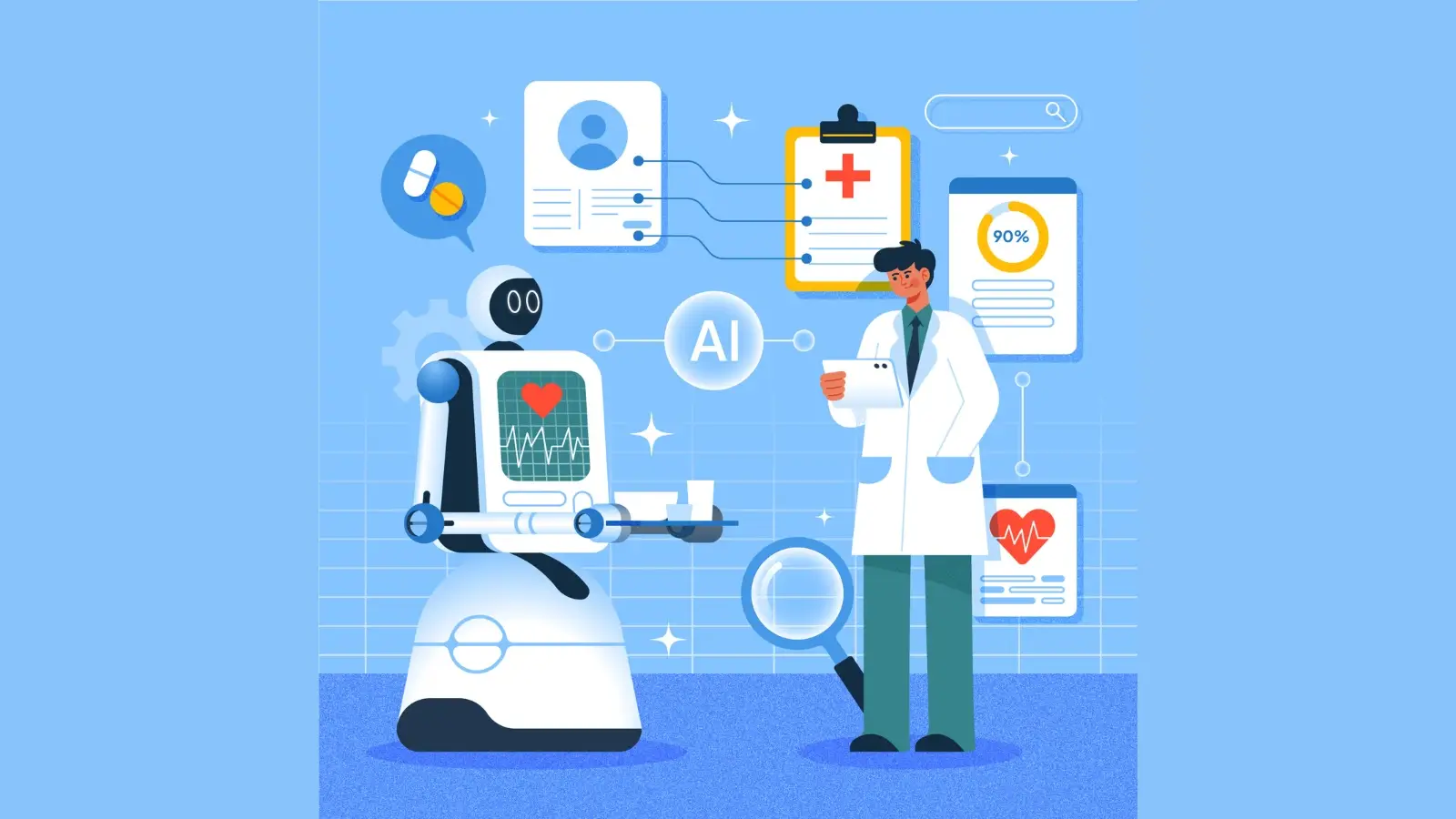Finding the right software to discover sensitive data can be hard. Every day, more information needs protection. This blog will show you how to pick the best tools for keeping your data safe.
Keep reading to learn more.
Why Sensitive Data Discovery Tools Are Crucial?
Sensitive data discovery tools are crucial because they protect confidential information from leaks. These tools help find and classify different kinds of sensitive data, such as personal identifiable information (PII), across various systems.
Companies face big fines if they don't follow privacy laws like GDPR in Europe or CCPA in California. Without these tools, it would be very hard to meet these compliance requirements. Data discovery technology is key to maintaining trust and safety in the digital age. Also, as businesses collect more data every day, the risk of data breaches grows. Cybersecurity solutions that include sensitive data discovery can quickly identify where high-risk data lives.
This makes it easier to secure these assets against hacking attempts or insider threats. Keeping up with this kind of security has become a top priority for many organizations aiming to safeguard their customers' privacy needs.
Key Challenges in Sensitive Data Discovery
Finding sensitive data can be difficult—it’s often hidden deep within various types of information. On top of that, ensuring different systems communicate effectively while staying compliant with regulations makes it even more challenging.
Identifying hidden PII
Finding hidden PII (Personally Identifiable Information) is a key part of data privacy. It involves looking through data to find info that could identify someone. This can be names, addresses, or even email details. Many times, this information hides in places not always clear, like notes fields in databases or mixed within other data.
Tools for sensitive data discovery scan and spot these hidden details fast. They use smart ways to search through lots of information. This helps keep private info safe by ensuring it does not get exposed unintentionally. Keeping this information secure is important for meeting privacy needs and following rules on data protection.
Integrating across databases
Integrating across databases is a big challenge in sensitive data discovery. Different systems often store data in unique formats. This makes sharing and comparing information hard. Good software helps bring these pieces together smoothly. Integration unlocks the power of data from multiple sources.
This process ensures that all confidential information is found, no matter where it's stored. It supports compliance by making sure no piece of sensitive data slips through the cracks between different databases.
Managing system performance
Managing system performance is key in sensitive data discovery. High-speed data scanning needs power but must not slow down other tasks. Good software balances speed and efficiency, ensuring systems run smoothly even during deep scans for confidential information. It checks millions of files quickly without affecting daily work.
Software that manages well uses less computer memory and processing power. This means businesses can keep searching for sensitive data without big costs or needing more equipment. Even large databases get scanned fast, letting companies protect privacy without a hit to performance.
Ensuring compliance with regulations
Ensuring compliance with regulations is key in sensitive data discovery. Laws and rules about data protection are getting stricter. Companies must follow them to avoid big fines. They need software that helps meet these privacy needs. This includes keeping up with changes in laws like GDPR and CCPA.
Good software can track where sensitive information lives and how it's used. It also sets up controls based on the type of data and its location. The goal is to keep all personal information safe according to law standards.
Features to Look for in Sensitive Data Discovery Software
Choosing the right sensitive data discovery software means looking for advanced features that meet today's security and privacy needs. Essential capabilities such as fast scanning, precise data identification, and compliance with laws make these tools a top choice for protecting confidential information.
Automated data masking
Automated data masking changes sensitive info into a fake version. This keeps the real data safe. Companies use it to protect personal details like names and bank account numbers when workers or systems do not need to see them. It helps meet privacy needs.
This feature lets you work with data safely. You can test software or train employees without risking real information. It checks itself to make sure only the right people see sensitive data. So, businesses can guard against leaks and follow rules easily.
Built-in compliance filters
Following automated data masking, built-in compliance filters play a vital role. They make sure your software follows rules and laws for handling sensitive information. This feature checks data against legal standards to avoid fines. It's like having a digital guard that knows all privacy rules.
Compliance filters update as laws change. This means your business stays safe without you studying new regulations. Filters cover different regions and industries, making it easier to manage global data with confidence.
High-speed data scanning
High-speed data scanning is a must in sensitive data discovery software. This feature allows the program to quickly look through vast amounts of data. It helps find confidential information without slowing down other tasks. Fast scanning means companies can protect privacy and comply with laws sooner.
Accurate PII cataloging
PII stands for personally identifiable information. This includes details like names, addresses, and social security numbers. Finding and organizing this information is key in data privacy management.
Good software can scan databases to find PII fast and accurately. It puts the data in categories so businesses can protect it better. This process helps with compliance, too. Laws require companies to keep PII safe. By cataloging PII correctly, companies can follow these laws more easily. They avoid fines by managing data the right way from the start.
How to Choose the Right Sensitive Data Discovery Software
Choosing the right sensitive data discovery software is key to protecting confidential information. This ensures your cybersecurity solutions are effective in managing privacy needs and compliance. Here are points to help you select the best software for your needs:
-
Look for data classification features. The software must automatically sort data into categories, making it easier to protect.
-
Check if it offers automated data masking. This hides sensitive details in a dataset without altering its usability.
-
Ensure it has built-in compliance filters. The software should keep up with changing laws and regulations about data protection.
-
Demand high-speed data scanning ability. Quick scans save time and reduce system performance issues.
-
Ask for accurate PII cataloging. The tool must pinpoint personal information precisely for better security measures.
-
Verify its integration capabilities across databases. Smooth operation across different platforms ensures no data gets overlooked.
-
Confirm if it provides data encryption options. Encrypting information adds an extra layer of security for stored data.
-
Investigate its data governance policies support, which helps meet specific industry standards and regulatory requirements efficiently.
-
Assess the user interface for ease of use; it should allow you to manage settings and view reports without needing expert skills.
-
Review testimonials or case studies from current users, offering insights into how well the software performs in real-world scenarios.
Conclusion
Sensitive data discovery is growing fast. You need the right software to keep up. This means choosing software that quickly finds and protects private information. It should also meet all legal rules for keeping data safe. Make sure your choice can handle big amounts of data without slowing down systems too much. The best tool will make managing sensitive information easier and more secure for your company.

















